With over 120 active volcanoes and daily earthquakes, Indonesia is one of the most geologically diverse and fascinating places on the planet. While not the tallest of Indonesia’s many volcanoes, Mount Bromo has become one of the most iconic mountains in Indonesia for its picturesque, other-worldly beauty.
Mount Bromo stands at 2,329 and is easily recognized since the entire top has been blown off and the crater inside constantly blows out white, sulphurous smoke. The active volcano sits inside the gargantuan Tengger caldera – with a total diameter of around 10 km – and is surrounded by the Laut Pasir (Sea of Sand) that’s made up of fine volcanic sand. The overall setting is a sight to see – serene and beautifully other-wordly in stark comparison to the lush green valleys that surround the caldera.

Thanks to its ethereal beauty and easy accessibility, Mount Bromo is the most visited of Indonesia’s active volcanoes. Tourists can easily hike to the rim of the volcano – situated at 7,641 feet – to gaze down into the wonderfully surreal landscape and catch a sight of the spectacular sunrise that can be viewed from atop Mount Bromo.
Mount Bromo is located as part of the Tengger caldera inside Bromo-Tengger-Semeru National Park. This Tengger caldera is a fascinating area in which new volcanic calderas have formed inside a larger, and more ancient, caldera. There are five volcanoes inside the Tengger Caldera: Mount Bromo (at 2,329 meters), Mount Batok (2,470 meters), Mount Kursi (2,581 meters), Mount Watangan (2,661 meters), and Mount Widodaren (2,650 meters).
Once you’ve made the trek to the top of Mount Bromo, you’ll have breathtaking panoramic views of the Tengger caldera as well as all the way down to the Semeru group of volcanoes at the south end of the national park.
Mount Bromo Fun Fact:
This is admittedly more legend than fact, but it is fun nonetheless. According to local legend, Mount Bromo came to being in an act of unfulfilled love. An ogre was given the seemingly impossible task of digging the Tengger crater using half a coconut shell in order to gain the right to wed the princess he loved. He was to accomplish this feat in a single night.
When it became apparent that the ogre might actually succeed, the princess’s father, the King, ordered his servants to start pounding rice to indicate that the morning had arrived. Cocks began to crow and the ogre realized that he had failed. Before dying of exhaustion, he threw away the coconut shell and it became Mount Batok while the surrounding trench became the Sand Sea around Mount Bromo.
Hiking Mount Bromo
By far the most popular reason people come to the Bromo-Tengger-Semeru National Park is to hike the collapsed yet still intensely smouldering Mount Bromo. There are three mountain peaks located in the Mount Bromo vicinity, known as the Tengger Highlands. Mount Bromo is the most famous and located at the center of the Tengger Highlands caldera, surrounded by a huge, unearthly Sea of Sand. Guarding Mount Bromo from the north and south, Mount Batok and Mount Kursi emerged. The whole area is simply referred to as Mount Bromo by the locals.
The most popular option for travelers looking to hike Mount Bromo is to sleep in the nearby village of Cemoro Lawang. From the village of Cemoro Lawang, there are well-defined paths that will take you less than an hour to walk up Mount Bromo.
To get to Mount Bromo, simply take the left fork at Cemoro Lawang’s solitary crossing, then head down the ramp into the caldera and then across the caldera to the Hindu temple (Poten) at the foot of the mountain. From the temple, follow the steep path of 250 concrete steps that lead to the edge of Mount Bromo’s crater. It is a wonderful walk up to the crater, but in case you don’t want to walk, many villagers offer horseback rides. A round-trip on horseback costs 100,000 IDR ($10 USD) and a single trip back costs 30,000 IDR ($3 USD).  Keep in mind that the views of Mount Bromo’s ethereal landscape are best just as the sun rises. The sun rise happens around 5:30 AM, which means you’ll have to be up by 3:30 AM to hike to the watchpoint in time for sunrise. Fortunately, the Mount Bromo area is oriented toward early-morning activity and there will be restaurants open and ready to serve you breakfast. Not-so-fortunately, it is really cold at this hour so make sure to dress warmly. Note: There are many guides and tours available to and around the Mount Bromo area, but the national park is easily explorable on your own.
Keep in mind that the views of Mount Bromo’s ethereal landscape are best just as the sun rises. The sun rise happens around 5:30 AM, which means you’ll have to be up by 3:30 AM to hike to the watchpoint in time for sunrise. Fortunately, the Mount Bromo area is oriented toward early-morning activity and there will be restaurants open and ready to serve you breakfast. Not-so-fortunately, it is really cold at this hour so make sure to dress warmly. Note: There are many guides and tours available to and around the Mount Bromo area, but the national park is easily explorable on your own.
Best Time to Visit Mount Bromo
The absolute best time to visit Mount Bromo is at sunrise.
As for the season to visit – plan to visit Mount Bromo during the dry season. The dry season in Java, where Mount Bromo is located, is between April to October. During this time, May to August are the best months with the chance of least rain.
Avoid visiting Mount Bromo between the rainy season since the slippery paths and volcanic mud and can make hiking around the national park difficult.
Also, keep in mind that Mount Bromo is an active volcano. How accessible it depends on the eruptive status so be sure to check the status before you head over.
How to Get to Mount Bromo
Thanks to its easy accessibility, Mount Bromo is the most visited of Indonesia’s active volcanoes. As such, Mount Bromo gets its fair share of visitors. If you don’t want to be surrounded by hordes of fellow tourists, its best to avoid major domestic holiday periods.
The major access point to Mount Bromo is Cemoro Lawang at the northeastern edge of the caldera. The village of Ngadisari sits on the road from Probolinggo about 5.5 km before Cemoro Lawang and marks the entrance to the national park.
The first step to get to Mount Bromo is to catch a flight to the nearest major airport in Surabaya, Indonesia’s second largest city. From Surabaya, there are a few established routes of getting to Cemoro Lawang but below is the most popular route:
The Probolinggo –> Ngadisari Route
The nearest big-ish town to Mount Bromo is Probolinggo, which is located on the north coast of Java around 45 km away from the park. This is the most common route since it is the most straightforward, albeit not the most interesting, route. To get to Probolinggo, you’ll take a shuttle bus from the Juanda International Airport in Surabaya to the Bungurasih bus terminal (also called Purabaya) in Surabaya city. From the bus terminal, you’ll take an express Patas air-conditioned bus for the 3-hour journey from Surabaya to Probolinggo.
At Probolinggo, you’ll find green mini-buses right outside the bus terminal that will take you from Probolinggo to Cemoro Lawang, Mount Bromo’s main access point.
How to Get Around Mount Bromo
From the village of Cemoro Lawang, you can easily hike up Mount Bromo. If you don’t want to make the trek, climb aboard one of the horses offered by the villagers and you can ride to the top in relative comfort. Another option is to hire a jeep to take you around the area.
But in all honesty, the Mount Bromo area is a beautiful place to hike – walk if you can.
Things to See and Do in Mount Bromo
Hike Mount Bromo
With its iconic collapsed top and smouldering smoke, Mount Bromo is the highlight of the Bromo-Tengger-Semeru National Park. Go at sunrise to witness of stunning views of the Sea of Sand and the surrounding misty peaks.
Visit the Madakaripura Waterfall
Legend claims bathing in the cool waters of these falls is the elixir of life. As such, the water here is regarded as holy by the local Tenggerese and used in their important ceremonies. Holy or not – it is a beautiful, serene spot with a total of seven waterfalls.
Visit the Poten
The Poten is the Tenggerese Hindu temple that sits in in all its mysterious beauty amidst the Sea of Sand surrounding Mount Bromo. This whole area has an oddly mystical allure that is not to be missed.
Meander Through Beautifully Colorful Houses
The local Tenggerese houses tend toward the wildly colorful. Walk around the village near Mount Bromo to take in this uniquely beautiful culture reflected in their houses.
Hike Mount Batok
Mount Batok is a beautiful volcano to the north of Mount Bromo. It is no longer active and has casuarina trees growing on it. Makes for a beautiful, serene hike.
Hike Mount Semeru
Located at the far south end of the Bromo-Tengger-Semeru National Park, Mount Semeru offers a challenging hike for the most serious and fit of trekkers. This very active volcano can be climbed over 2 days and it is advised you hire a guide to take you at least part of the way.
What to Eat in Mount Bromo
There are very few independent restaurants or dining options here – most restaurants are a part of lodges and hotels and you’ll most likely be eating where you sleep.
You can, however, find simple roadside warungs selling basic Indonesia fare. Most restaurants begin operating around 3AM since that’s when people start waking up to see the sunrise.
Mount Bromo Travel Tips
Mount Bromo is an active volcano and as such, its accessibility may be limited depending on its eruptive activity. At times when it is erupting, as it did in 2004, 2010, and 2011, parts of the area may be shut down and extreme caution is advised. In June 2004, two tourists were killed by rocks flung from a sudden explosion. Please check the eruptive activity before you plan your trip – the Smithsonian Institute’s Volcanic Activity Report keeps an eye on Mount Bromo volcanic activity and it is worth checking before you head over.
Mount Bromo is refreshingly cool during the day but outright cold at night, with temperatures sometimes dropping to zero during the dry season and rarely going above 5°C during the wet season. You can rent jackets and hats at Cemoro Lawang and at the Penanjakan viewpoint for around 20,000 IDR ($2 USD) but come prepared with thick socks, face masks, gloves, and blankets.
The path at the top of the steps up to Mount Bromo measures around 1 meter wide – you’ll really want to watch your step here. Make sure you bring a flashlight for your pre-dawn climbs and drink coffee or do whatever you have to to have your wits about you when you’re at the top. We highly recommend investing in an LED headlamp for these treks up Mount Bromo.
The steps up to Mount Bromo can also be slippery from crater dust so be sure you have shoes with strong grip.
There are reported cases of malaria every year in the lower foothills of the park. If you’re planning to camp in this area or stay around for awhile, please take the necessary precautions. Malaria is not a concern for those visiting Mount Bromo or the high plateau area only.
And as always – make sure you have travel insurance.
Thanks for visiting our site Voyager – indonesiad.com and taking the time to read our post!
We’d love if you’d comment and share this post.
If you find the website helpful we would appreciate if you support us by clicking on the related Ads that Google provides you around the pages.


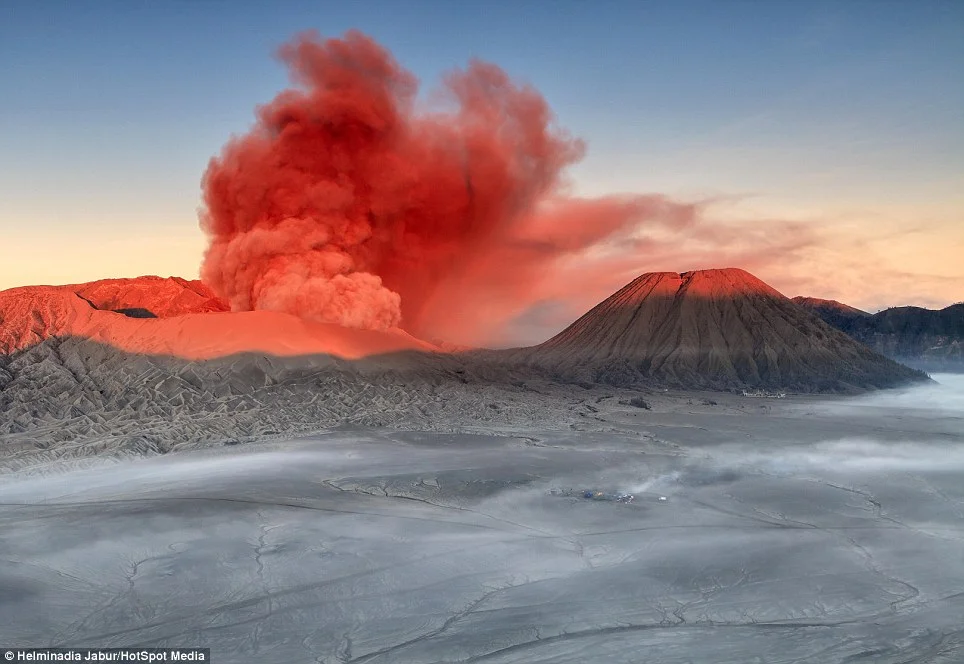
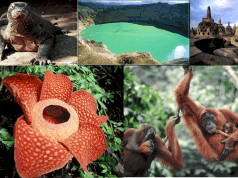
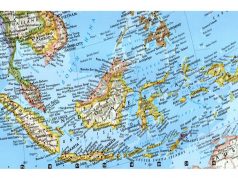
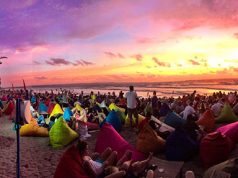

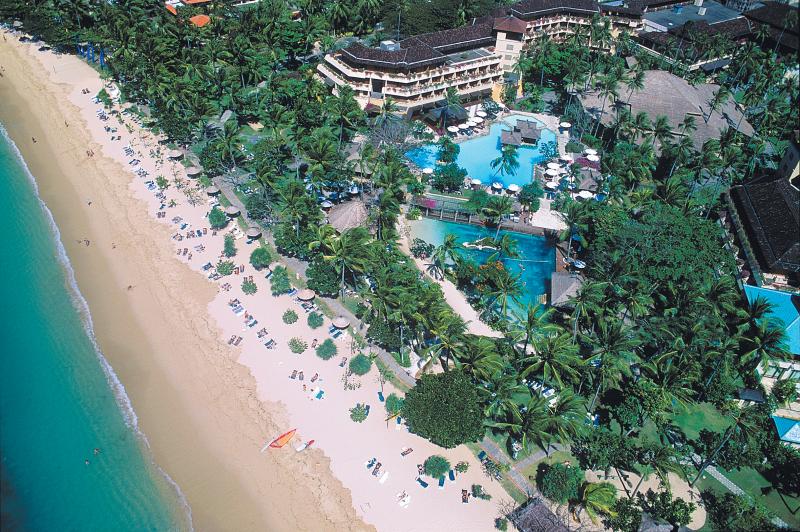
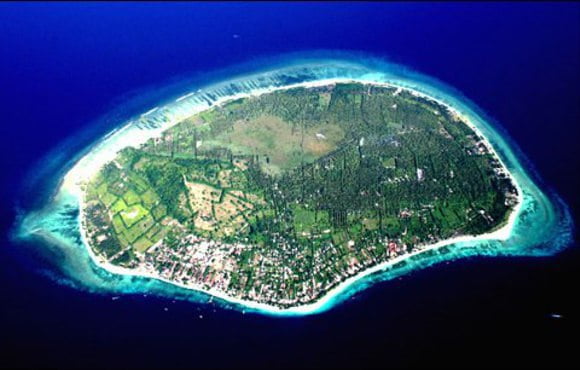
[…] The absolute best time to visit Mount Bromo is at sunrise. As for the season to visit – plan to visit Mount Bromo during the dry season. The dry season in Java, where Mount Bromo is located, is between April to October. During this time, May to August are the best months with the chance of least rain. (Source: www. indonesiad.com/java-travel-musts-hike-the-majestic-mount-bromo/) […]